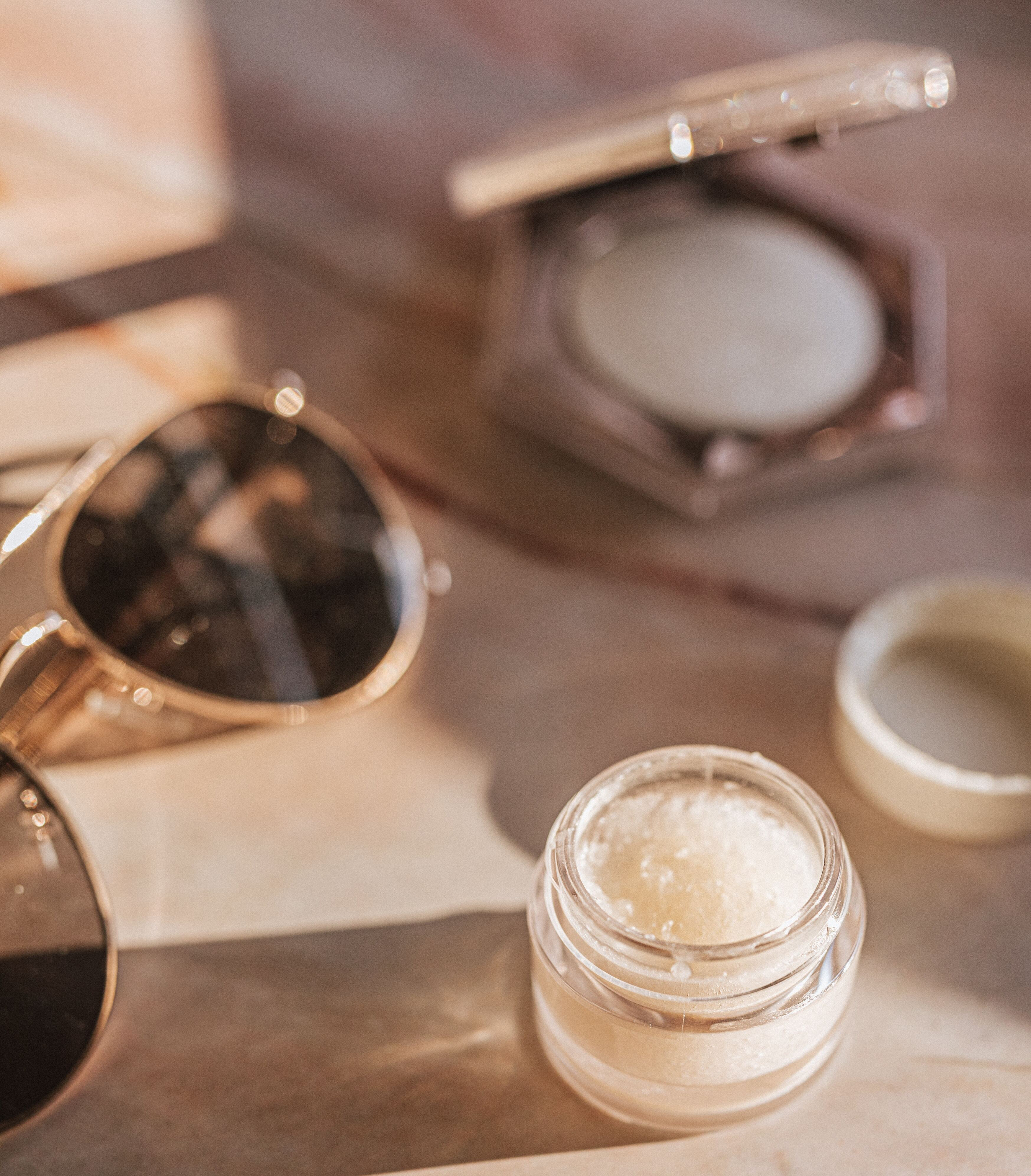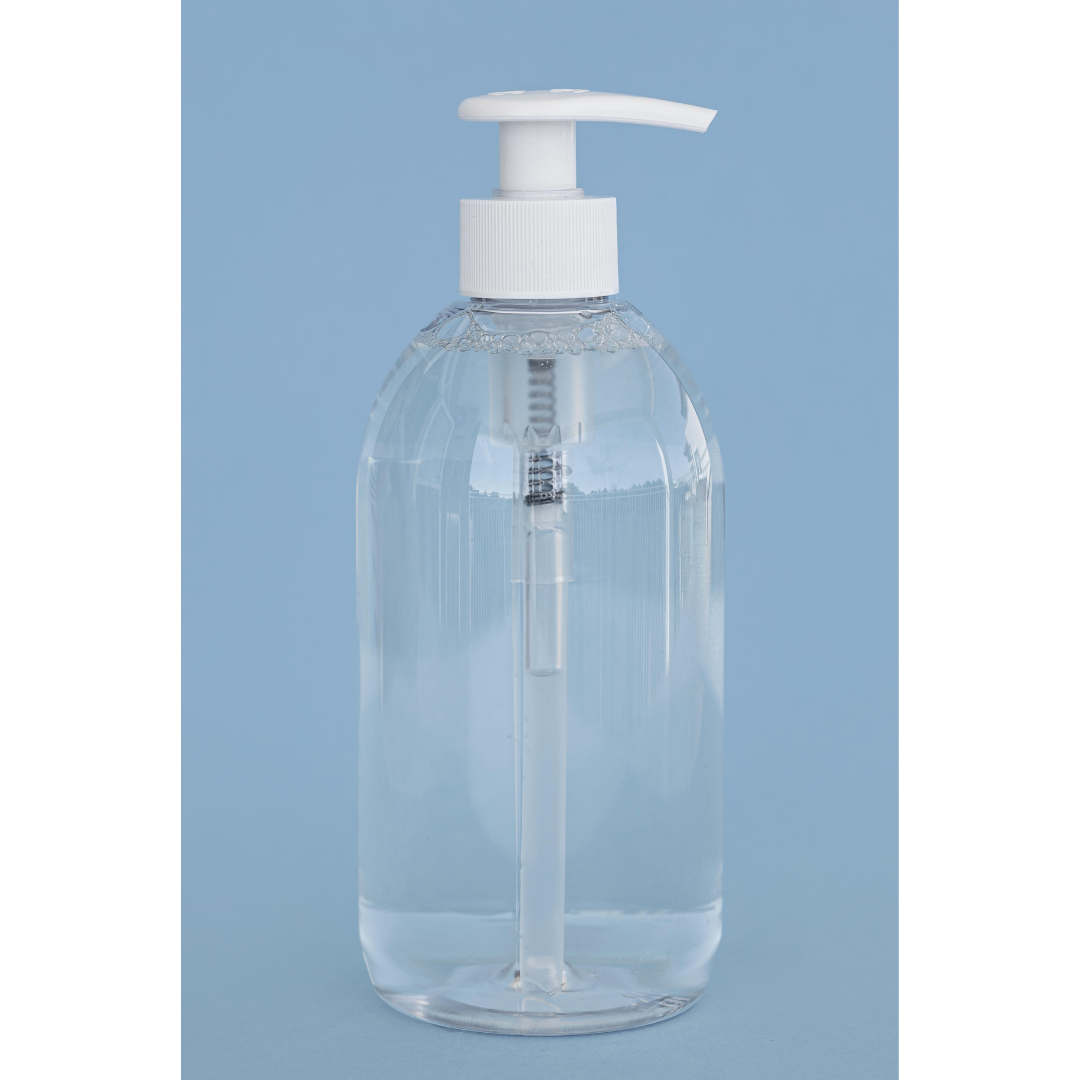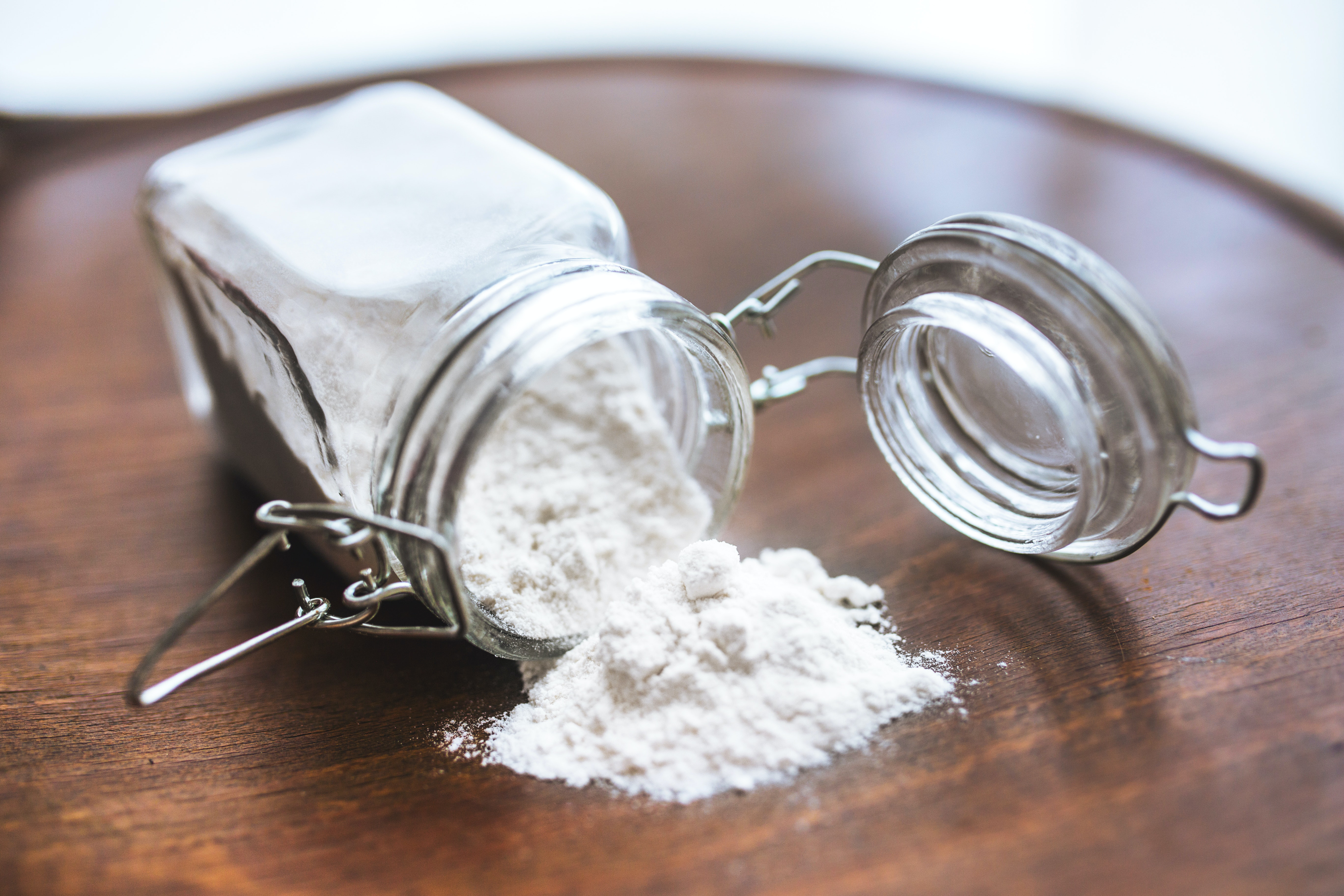Jewelry Care
Step-By-Step How To Easily Clean Sterling Silver
Ensure your jewelry retains its stunning allure for years to come.
Silver accessories are an essential addition to any jewelry collection. Many individuals unintentionally overlook the care of their sterling silver necklaces, earrings, rings, and pendants. Without the proper care, even the most exquisite sterling silver jewelry may gradually lose its brilliance, appearing discolored or dirty over time.
Using the methods below, you can ensure your jewelry remains as radiant as ever.
Understanding Sterling Silver
Most sterling silver jewelry is made from .925 Sterling Silver. The purity of the metal plays a significant role in determining the speed at which silver tarnishes: the more pure, the easier the metal will bend and tarnish.
It is advised to keep oxidized jewelry spearated from non-oxidized jewelry.
Lastly, keep in mind excessive cleaning and polishing can inadvertently lead to a loss of intricate detail on more complex pieces.

Preventative Jewelry Care

Wear Your Jewelry
Wearing your sterling silver jewelry is a highly effective method to ward off tarnish.
The natural oils produced by your skin play a remarkable role in keeping the jewelry clean and preserving its dazzling brilliance.
Put your jewelry on last to minimize contact with beauty products or perfume.
Storage
Safeguard your sterling silver form tarnish-causing chemicals by wrapping it before storage, which will also prevents scratches when storing multiple pieces together.
Protection can be enhanced by storing your sterling silver with a chalk piece. These act as a moisture absorber. The chalk should not leave any markings if you use unbleached cotton muslin cloth for wrapping.
Anti-tarnish storage bags, such as a velvet pouch, can offer convenience and peace of mind. These bags simplify the storage process while ensuring effective tarnish prevention.
A storage cabinet, drawer, or hutch is another way to add anti-tarnish protection to your jewelry.
Ultimately, avoid exposing your precious pieces to areas of your home with frequent temperature fluctuations, along with high heat and humidity. Changing temperatures introduce moisture, which encourages tarnish.


Avoid Corrosion
To prevent unwanted interactions, refrain from wearing jewelry during household chores. Protect your sterling silver jewelry from corrosion by avoiding contact with:
- Household chemicals
- Chlorinated water
- Rubber
- Substances containing sulfur (latex, wool, etc.)
- Direct sunlight
- Hairspray
- Lotions
- Perfumes
Polishing
Polishing revitalizes sterling silver fashion jewelry and aids in cleaning oxidized silver.
To achieve the best results, use a special silver cleaning cloth. If unavailable, opt for a microfiber or non-abrasive cloth instead.
Avoid using tissues or paper towels as they may scratch the silver.
When polishing, follow the silver's grain with gentle back and forth motions. Circular rubbing can accentuate scratches.

Cleaning Solutions for Sterling Silver
Occasionally, polishing alone may not suffice in fully cleansing your sterling silver, so a multitude of options have been listed below.

Soap and Water
Soap and water is the classic approach to cleaning sterling silver.
Begin by combining warm water with a mild ammonia, such as phosphate-free dishwashing soap.
This powerful, yet gentle solution should be your initial go-to if polishing alone fails to yield desired results. Prioritize this method before exploring further sterling silver cleaning techniques.
Baking Soda and Water
In the event soap fails, consider combining water with baking soda to create a paste. Apply a small, pea-sized amount of the paste onto a clean cloth to polish your silver.
For intricately designed jewelry with stamps, etchings, or intricate details, it is recommended to add more water to create a thinner paste. Use a soft-bristled toothbrush to help you reach any crevices or hard-to-reach areas.
After thorough polishing with paste, rinse the item under warm water and dry it gently with a clean microfiber or non-abrasive cloth.


Lemon Juice and Olive Oil
Lemon juice is renowned for its effective cleaning properties, which can be used in combination with olive oil as a top-notch option for your sterling silver items.
To begin, simply mix 1/2 cup of lemon juice with a teaspoon of olive oil in a large bowl.
Next, dip a small microfiber cloth into the cleaning solution and wring it out. Polish the silver using the cloth, ensuring thorough coverage.
After polishing, rinse the silver under warm water and meticulously dry it with a clean microfiber or non-abrasive cloth.
Baking Soda and White Vinegar
In the event that baking soda and warm water fail, you can turn to the gentle yet effective power of white vinegar.
Prepare a solution consisting of 1/2 cup of white vinegar and 2 tablespoons of baking soda, and submerge the tarnished jewelry in the mixture.
Give the solution ample time to work its magic by soaking the item in the solution for a duration of two to three hours.
Do not be alarmed if you notice a fizzing reaction taking place. This is a natural occurrence and a sign that the cleaning process is underway.


Baking Soda, Boiling Water, Salt, and Aluminium Foil
Should the aforementioned methods prove ineffective, it's time to unleash the potential of a chemical solution created with baking soda, salt, boiling water, and foil.
Prepare your workstation by lining the kitchen sink or a glass roasting pan with aluminum foil, ensuring the dull side faces downward.
Next, carefully place your jewelry onto the foil and pour boiling water over the items, ensuring they are fully submerged.
Add 2 tablespoons of both salt and baking soda to the solution.
Stir the mixture to dissolve the baking soda thoroughly, as undissolved granules may potentially scratch the metal--be careful not to hit your jewelry either!
The chemical reaction will prompt the tarnish to transfer onto the aluminum foil, resulting in a visible difference within as little as 5 to 10 minutes.
Once the process is complete, drain the solution using a colander and rinse the jewelry under warm water. Gently dry the pieces with a clean cloth.
It's worth noting that the solution may emit a slightly unpleasant odor reminiscent of rotten eggs. However, this powerful technique has the potential to restore your silver to its former self.
Professional Cleaning Service
If you find yourself lacking the time or dealing with extensively tarnished pieces, leave it to the professional cleaning services to handle your jewelry. They have the necessary skills and equipment to handle your silver with utmost care and precision.
For items that are older, fragile, or valuable, it is also recommended you opt for the expertise of a professional so you can ensure the preservation and longevity of your valuables.


